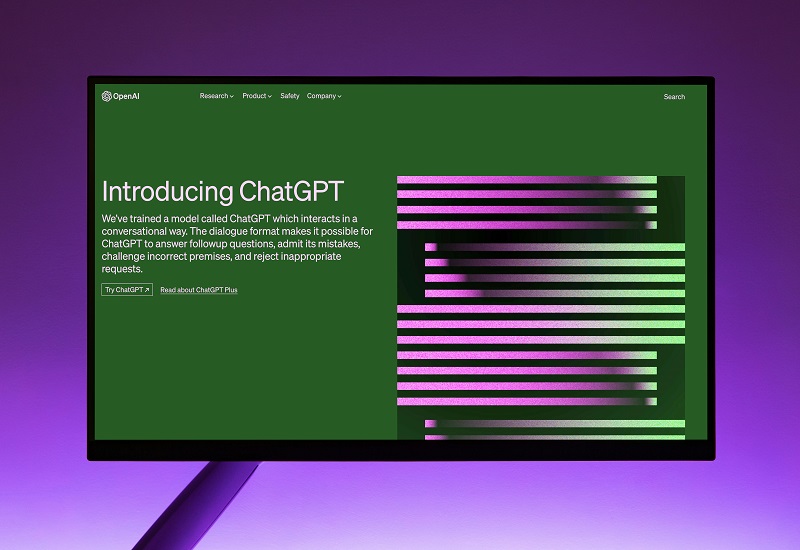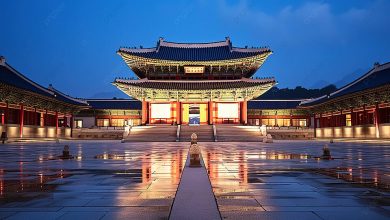Comparing AI Art Tools: Which One Is Right for You?

Since 2024 buying the right AI (Artificial Intelligence) art tool depends on your specific needs, skill level, and budget. For beginners, tools like DeepArt.io and Prisma gives simplicity and ease of use. For more advanced users, RunwayML and DALL-E 2 provide extensive customization and high-quality outputs. Whether you’re looking to enhance existing images or create entirely new artworks, there’s an AI art tool out there that’s perfect for you. Embrace the power of AI and take your creativity to new heights with the right tool at your disposal.
Understanding AI Art Tools:
What Are AI Art Tools?
AI art tools use machine learning algorithms to generate or enhance artworks. These tools analyze large datasets of images to understand styles, patterns, and structures, which they then use to create new art or transform existing images.
Why Use AI Art Tools?
AI art tools offer numerous benefits:
Efficiency:
They significantly speed up the creative process.
Creativity:
They provide new ways to experiment with styles and concepts.
Accessibility:
They make advanced art techniques accessible to everyone, regardless of skill level.
Key Features to Consider:
Ease of Use:
The user interface and overall usability are crucial, especially for beginners. Look for tools with intuitive interfaces and helpful tutorials.
Customization Options:
The ability to adjust parameters and settings can greatly impact your creative control. Tools that offer extensive customization are preferable for more advanced users.
Output Quality:
The quality of the generated artwork is a significant factor. High-resolution outputs and detailed enhancements are essential for professional use.
Cost:
Many AI art tools offer free versions with basic features and premium versions with advanced capabilities. Consider your budget and the features you need before making a decision.
Popular AI Art Tools
DeepArt.io
Features:
DeepArt.io specializes in style transfer, allowing users to transform photos into artworks inspired by famous artists like Van Gogh and Picasso. Users upload their images and select a style, and the tool processes the image to apply the chosen style.
Benefits:
User-Friendly:
Simple interface, suitable for beginners.
Diverse Styles:
Wide range of styles to choose from.
High Quality:
Produces visually appealing, high-quality images.
Drawbacks:
Limited Customization: Few options for adjusting parameters.
Processing Time:
Can be slow, especially for high-resolution images.
Artbreeder
Features
Artbreeder uses Generative Adversarial Networks (GANs) to create new images by blending existing ones. Users can adjust various parameters such as age, gender, and facial expressions to customize their images.
Benefits:
Collaborative:
Encourages creativity through image blending and customization.
Intuitive:
Easy to use with a simple interface.
Versatile:
Suitable for creating a wide range of images.
Drawbacks:
Limited Control:
Customization options can be somewhat restrictive.
Dependency on Input Images:
Quality depends on the initial images used.
RunwayML
Features
RunwayML provides access to numerous machine learning models for art creation, including StyleGAN, BigGAN, and GPT-3. It supports real-time collaboration, allowing users to work together seamlessly.
Benefits:
Versatile:
Wide range of supported models.
Collaborative:
Real-time collaboration features.
Advanced Capabilities:
Suitable for both beginners and advanced users.
Drawbacks:
Complexity:
Can be overwhelming for beginners.
Cost:
Premium features can be expensive.
DeepDream:
Features:
Developed by Google, DeepDream uses convolutional neural networks to enhance patterns in images, creating surreal, dream-like effects. Users can adjust the intensity and type of enhancements to achieve their desired outcome.
Benefits:
Unique Effects:
Produces intricate, imaginative visuals.
Customization:
Allows adjustment of enhancement parameters.
High Quality:
Generates detailed, high-resolution images.
Drawbacks:
Complex Interface:
Can be challenging for beginners.
Niche Use:
Primarily suited for creating abstract and surreal art.
Pikazo:
Features:
Pikazo is a mobile app that transforms photos into paintings using AI. Users can choose from various styles and customize parameters to fine-tune the artistic effect.
Benefits:
Convenient:
Mobile-friendly, suitable for on-the-go art creation.
User-Friendly:
Simple interface with easy customization options.
Variety of Styles:
Offers a wide range of artistic styles.
Drawbacks:
Limited Features:
Fewer advanced features compared to desktop tools.
Resolution Limits:
Output resolution may not be suitable for all professional uses.
DALL-E 2:
Features:
Developed by OpenAI, DALL-E 2 generates images from textual descriptions. Users can input detailed descriptions, and the model creates corresponding images, supporting various styles and producing high-quality artworks.
Benefits:
Innovative:
Generates images from text, enabling creative exploration.
High Quality:
Produces professional-grade images.
Versatile:
Suitable for a wide range of artistic applications.
Drawbacks:
Learning Curve:
Can be challenging for beginners to master.
Cost:
Access to advanced features can be pricey.
Prisma:
Features:
Prisma is an app that applies artistic filters to photos using AI. It offers a vast library of styles inspired by famous artists and art movements, allowing users to adjust filter intensity and other parameters.
Benefits:
User-Friendly:
Easy to use, even for beginners.
Extensive Styles:
Large variety of artistic filters.
High Quality:
Produces visually appealing images.
Drawbacks:
Limited Customization:
Fewer options for detailed adjustments.
Subscription Model:
Full access requires a subscription.
PaintsChainer:
Features:
PaintsChainer is an AI-powered tool that automatically colors sketches and line art. Users can upload black-and-white drawings, and the tool applies colors based on the chosen style and color palette.
Benefits:
Time-Saving:
Quickly adds color to sketches.
User-Friendly:
Simple interface suitable for all skill levels.
Customization:
Offers various color palettes and styles.
Drawbacks:
Quality Variation:
Output quality can vary based on input.
Limited Control:
Less control over final coloring compared to manual methods.
GANPaint Studio:
Features:
GANPaint Studio allows users to edit images using GANs. It generates realistic edits, such as adding or removing objects and changing textures, with real-time adjustments and instant results.
Benefits:
Real-Time Editing:
Enhances productivity and creativity.
High Quality:
Produces realistic, professional edits.
Intuitive:
User-friendly interface with immediate feedback.
Drawbacks
Complexity:
May be challenging for those new to AI art.
Specific Use Case:
Primarily suited for image editing rather than creation.
Luminar AI:
Features:
Luminar AI is a photo editing software that uses AI to enhance images. It offers tools like sky replacement, portrait enhancement, and background removal, allowing users to adjust settings and apply effects easily.
Benefits:
Powerful Tools:
Automates complex editing tasks.
User-Friendly:
Intuitive interface with easy adjustments.
High Quality:
Produces professional-grade edits.
Drawbacks:
Cost:
Premium features can be expensive.
Learning Curve:
Advanced features may require some learning.
Conclusion:
Artificial intelligence has revolutionized the art world, providing tools that allow artists to create stunning, unique pieces with unprecedented ease. With so many AI art tools available, choosing the right one for your needs can be challenging. This article will compare some of the most popular AI art tools to help you decide which is best suited for your creative endeavors.




